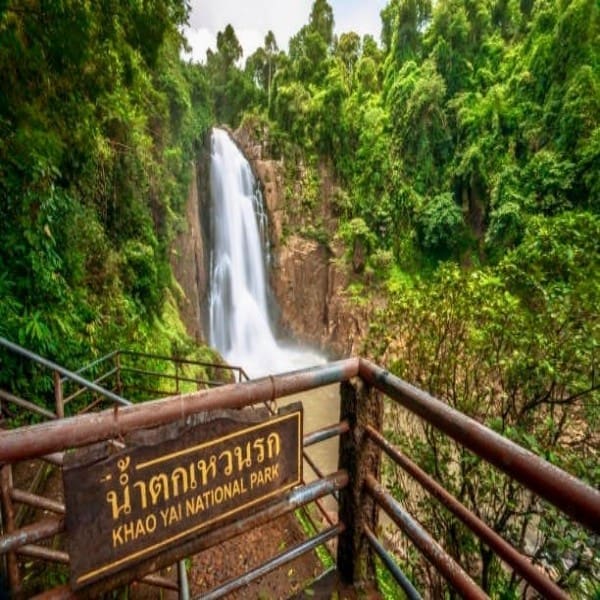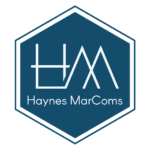Tourists deciding what photographs to take and share with others are engaging in impression management involving the presentation of an “ideal self”, according to Dr Iris Lo, a Ph.D. graduate of the School of Hotel and Tourism Management (SHTM) at The Hong Kong Polytechnic University who was supervised by Professor Bob McKercher of the SHTM. In a recently published study, the researchers highlight the role of social media in changing the nature of travel, as tourists increasingly post their photos online to be viewed and commented on by broad audiences. They find that through the photo selection process, tourists become engaged in a constant comparison and re-evaluation of their performance and find themselves in a “constant dilemma of who to satisfy”.
According to the researchers, tourism involves a search for the “extraordinary” as a means of escaping from mundane everyday life. Tourists have always used photography as a means to record where they have been, but importantly also to present themselves to others in a particular way.
While taking photos is intrinsically linked with tourism, the nature of tourist photography has changed since the democratisation of the Internet has made it possible for anyone to upload their personal photos to social media sites. The researchers note that more than 500 million photos a day are uploaded onto social media, and this figure continues to increase.
Impression management
As the rise of social media blurs the boundary between tourism and everyday life, the researchers suggest that tourist photography is becoming more about creating social ties than simply recording memories. Tourists have “present, future and imagined audiences” in mind when taking photos. As a result, the process of choosing what photo to take, how to pose the subject and which images to upload has much to do with the presentation of an “ideal self” for these audiences. Social networking sites allow people to “create and manage impressions” and tourism is an ideal way of creating, enhancing or experimenting with self-identities. Posting photos on such sites can thus be viewed as a form of “impression management”.
To explore the “role of impression management in the production of online tourist photography”, the researchers conducted an in-depth analysis of the travel and photography practices of 13 tourists. The eight women and five men were residents of Hong Kong aged between 18 and 35, and all of them had travelled outside Hong Kong in the past two years and had posted travel photos on social media sites.
The study began with the collection of the tourists’ travel photos, comments from viewers and background information from social networking sites such as Facebook. Then in-depth interviews were conducted as tourists were led through their entire travel related online postings. They were encouraged to talk about their travel experiences and recall their memories while viewing their photos.
The researchers found that posting photos on social media sites involves a five-stage process, starting with the decision to take a camera on a trip through to self-reflection after posting photos online. Using a movie-making metaphor, they labelled these stages Pre-production, On-site production, Post-production – the cutting room floor, Postproduction – editor’s cut and distribution and Critique and reception – post posting dissonance.
During the pre-production stage, the decision to take a camera on a trip seems to be motivated by the desire to take photos as an “aide memoire” that allows the tourist to reexperience the trip and prolong the enjoyment once back home. A second motivation is the desire to share the experience with others, which the researchers refer to as “relationship maintenance”.
Although the interviewed tourists did not specifically mention impression management at this stage, this “emerged during the interview process”. One of the tourists, for instance, mentioned that he did not take a camera on some trips with his friends because posting photos of them in some situations might be “too risky” and would “damage their self-image”.
The on-site production stage involves deciding what photos to take, how much time and effort to spend searching for the best images or framing shots and so on. The researchers show that while this process is infused with much meaning, tourists are often unaware of that meaning until questioned after the fact. They are more likely to state initially that they take photos to capture something extraordinary as evidence of having been to “a special place”. Alternately, they may not take a picture of an extraordinary experience, either because stopping to do so would mean no longer being “in the moment” or because it was so exciting that the tourists forgot or had no time to take a picture.
It became clear that impression management was quite evident at this stage, even if not overtly noticed, as the tourists emphasised that they wanted to take pictures that presented a “positive image”, either of themselves or the places they visited, and sometimes avoided taking pictures if they were wearing the wrong clothes or thought the photo would give the wrong impression.
Impression management becomes the most important concern at the post-production stage, when photos are selected because they present an acceptable version of reality to be viewed not only by oneself in the future, but also by an online audience. This process involves the first step of “culling” unflattering or blurry images, either immediately or after reviewing them back at home.
The next step involved selecting which pictures to upload. Here the desire to present an idealised self-image emerged as tourists were concerned about how the audience would react to their images. One of the tourists “manipulated his photographs” using photo software to “enhance his image as an expert photographer”. Others posted different photos on different sites to suit their respective audiences, such as by excluding more personal photos from public sites and only posting pictures that presented them as explorers.
The selection process continues once the photos have been uploaded and the audience has had a chance to respond, the researchers write. The tourists said they would remove photos that did not “gain the response desired” or that were “later interpreted as reflecting an undesired self image”. Feedback from others can also alter future behaviour – one of the tourists remarked that she would rethink how to “balance the needs of the adults and the child” in light of criticism from her audience, while others received positive feedback that motivated them to improve their photographic skills. Several seemed to alter their sharing strategies when they realised that posting too many photos actually attracted less audience attention.
Image selection thus seems to be what the researchers call a “circular learning process” through which travellers’ decisions about where to visit, what to photograph and what to share are adjusted in response to their own evaluations and those of their audiences.
The researchers conclude that the development of digital photography and communication technology has transformed the relationship between traveller and audience; even while travelling, tourists are aware of a potentially wide audience for their photographs and want to present themselves in the best light possible. Although the obligation to take photos can become something of a burden, the process of selecting photos, comparing one’s performance with others and interpreting the audience’s reaction can also shape one’s “sense of the extraordinary” and represent an opportunity to enhance one’s “ideal self”.
Source
Lo, Iris Sheungting and McKercher, Bob. (2015). Ideal Image Process: Online Tourist Photography and Impression Management. Annals of Tourism Research, 52, 104-116.


















